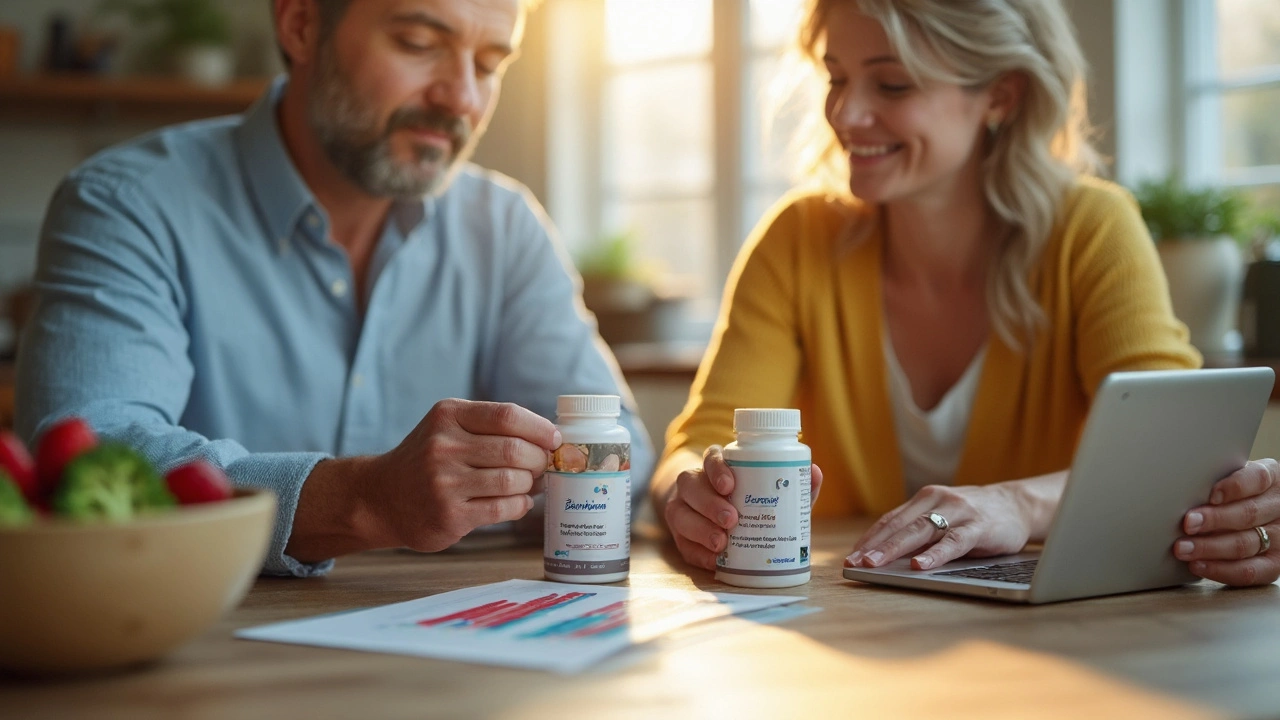Bioavailability — what it is and why you should care
Tiny changes in how much of a drug reaches your bloodstream can turn an effective medicine into a waste of time — or increase side effects. Bioavailability is the share of a drug dose that actually gets into circulation and can act on the body. For IV drugs that number is 100%. For pills it can be much lower because of stomach acid, food, or liver metabolism before the medicine ever reaches the rest of your body.
How bioavailability changes real prescriptions
Think about common meds on this site: tetracycline binds to calcium in milk and antacids, so its bioavailability drops if you take them together. Sucralfate can stick to other drugs in the gut and reduce their absorption — that’s why pharmacists tell you to space doses. Drugs like spironolactone (Aldactone) and some antidepressants go through heavy first-pass metabolism, which lowers oral availability and makes dosing less predictable. For Parkinson’s drugs, adding carbidopa or entacapone raises levodopa’s availability in the brain by blocking breakdown outside the brain.
Some drugs are fast-absorbing (rizatriptan for migraines or avanafil for erectile dysfunction), so timing matters. Others, like valproate (Depakote), bind strongly to blood proteins — the free, active portion can change if you add another drug that displaces it. That’s how bioavailability links straight to how well the drug works and how safe it is.
Practical tips you can use
Want to get the most from your meds? Small habits matter. Read the label for instructions about food. If a drug says "take on an empty stomach," follow it — food often slows absorption or lowers the amount absorbed. Avoid dairy, calcium, magnesium, and iron within two hours of tetracyclines or fluoroquinolones. Don’t mix sucralfate with other pills; space it by at least two hours.
Watch for grapefruit — it blocks CYP3A4 and raises blood levels of some drugs like certain PDE5 inhibitors (avanafil included), increasing side effect risk. When a pill seems less effective after switching brands, ask if the formulation changed; different salts, coatings, or release forms can change bioavailability. If a medicine causes odd side effects after adding another drug, ask your clinician about protein displacement or metabolic interactions.
If you have trouble swallowing or absorption is a concern, ask about alternative routes — liquids, dissolvable tablets, or patches bypass some absorption issues. And finally, keep a simple log: note when you take each drug and with what (food, supplements, antacids). That helps your pharmacist or doctor spot timing problems quickly.
Bioavailability isn’t a mystery — it’s a practical reason why how and when you take a medicine changes everything. Ask questions, follow timing advice, and check with your pharmacist when you add supplements or prescriptions. Small adjustments often make the biggest difference.

Berberine Benefits vs Metformin: Dosage, Bioavailability, and Insulin Impact Explained
- by Colin Edward Egan
- on 25 Apr 2025
Curious if berberine really lives up to the hype as a natural alternative to metformin? This article breaks down the facts: from ideal dosing and how well your body absorbs it, to its real effects on blood sugar and insulin sensitivity. Get practical tips, interesting data, and all the need-to-know details about berberine’s place in managing type 2 diabetes. You’ll also find evidence-based comparisons and a direct link to top metformin alternatives. Let’s clear up the confusion around one of 2025's most talked-about supplements.
